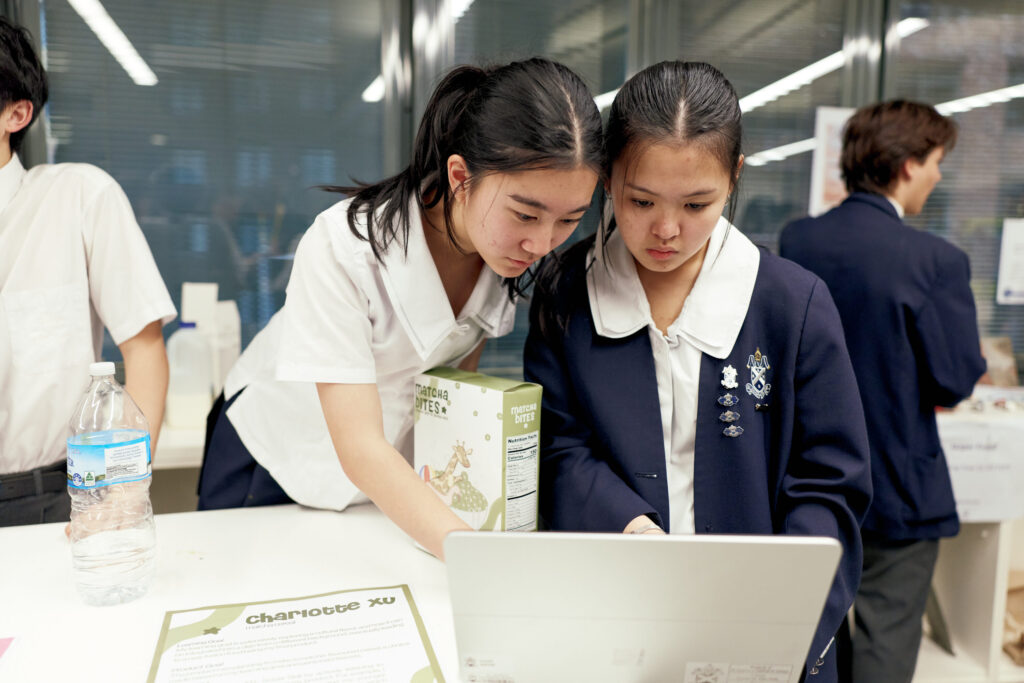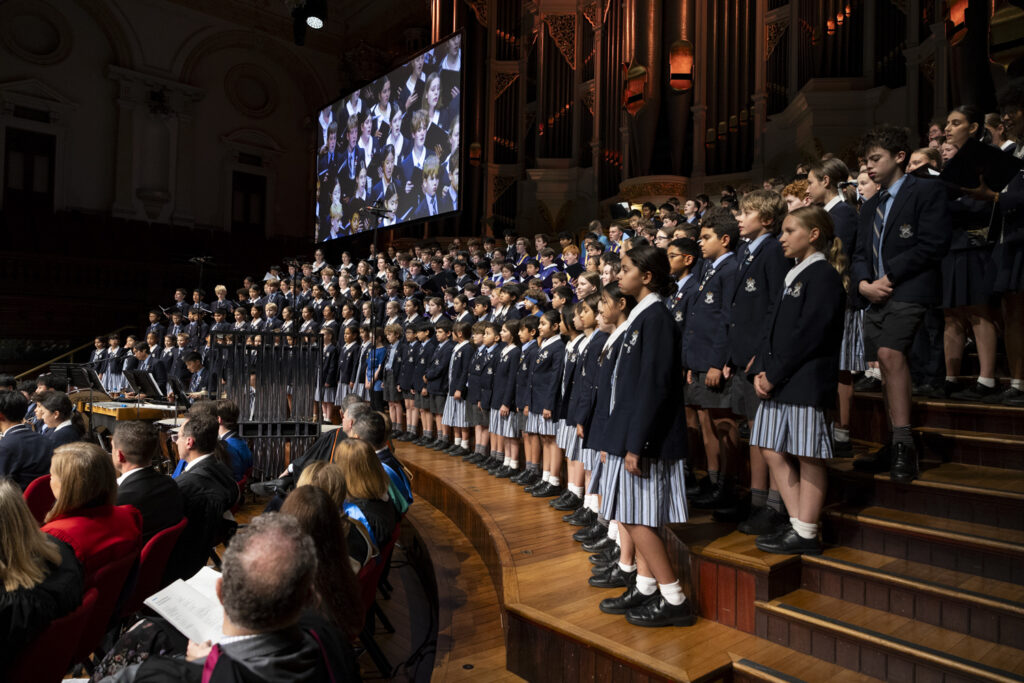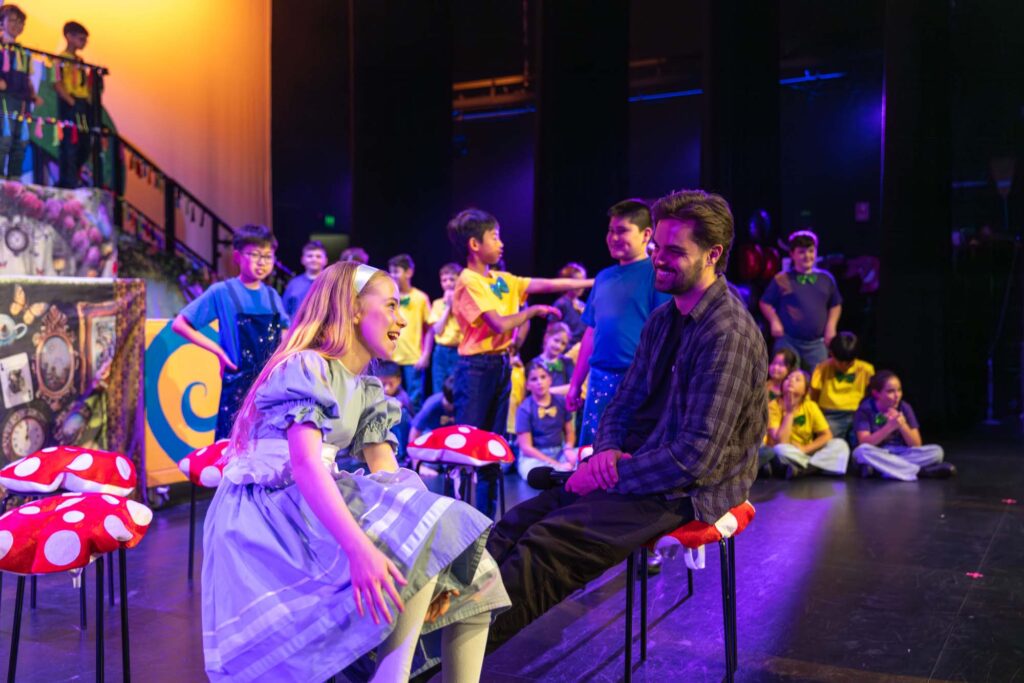The 2025 Innovation and Changemakers: Storytellers Tour took a group of St Andrew’s Cathedral School students on an unforgettable journey through Auckland, Rotorua and Matamata – exploring how stories shape identity, culture and change.
Led by Ms Estee Stephenson, Head of Gifted Education (Secondary), the international tour was designed to stretch thinking, inspire creativity and deepen cultural understanding. Across workshops, performances and cultural encounters, students discovered new ways to express ideas, connect with others and see the world through the lens of storytelling.
After arriving in Auckland, students took in the sweeping views from the Sky Tower before diving straight into their first creative challenge – a writing workshop at Massey University led by poet and educator Johanna Emeney. Under Johanna’s guidance, they experimented with creative non-fiction, blending personal experience with imagination.
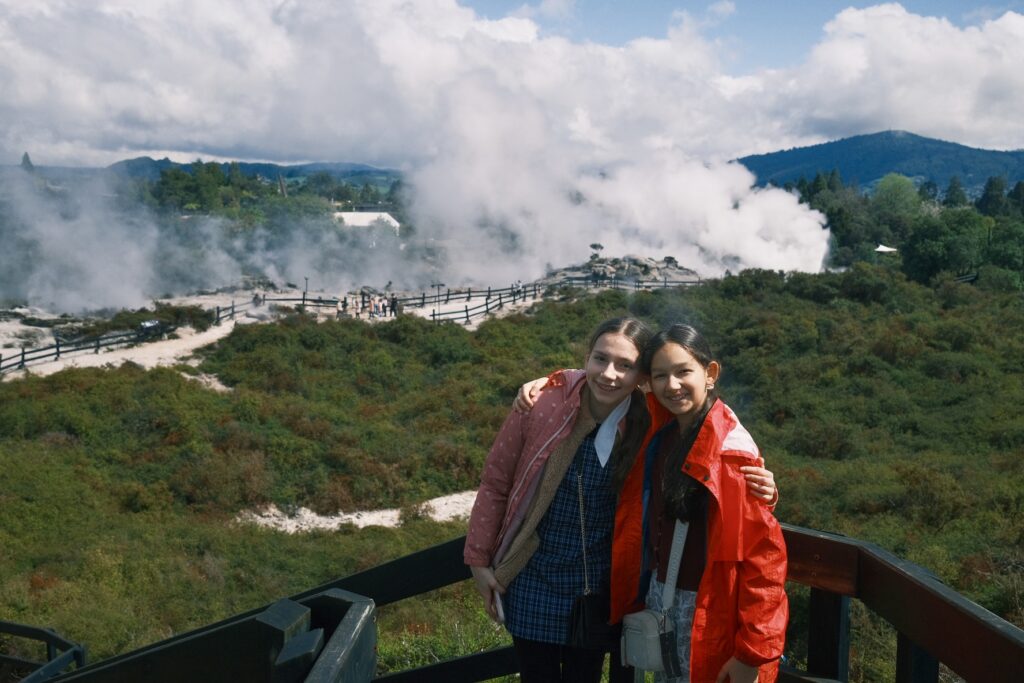
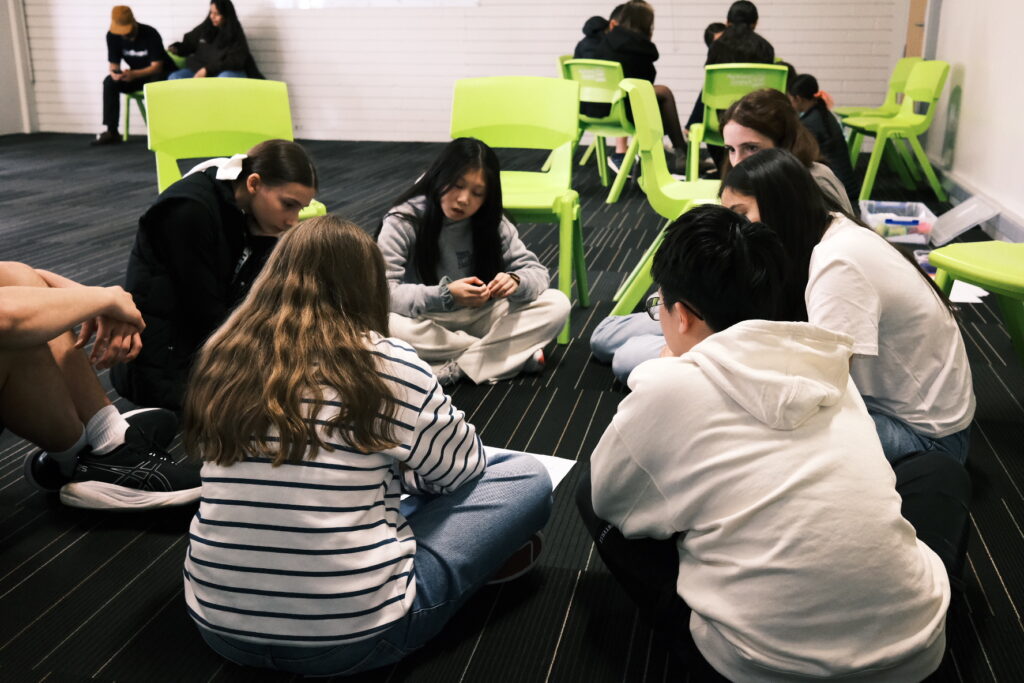
“The workshop opened the door to my imagination and allowed me to write about things that matter to me,” said Oscar, while Vanessa reflected that she enjoyed “learning how to use real-life experiences and make them universal through creative writing.”
At the Media Design School, students turned from words to worlds, exploring the craft of digital storytelling through textures, lighting and design. Guided by industry professionals, they learned how small creative choices can bring entire universes to life.
“It was amazing to work with such inspiring and knowledgeable facilitators,” said Meera.
The afternoon took them behind the scenes at Wētā Workshop Unleashed, where they stepped into movie sets and creature studios from The Lord of the Rings, Avatar and The Chronicles of Narnia, discovering how fantasy becomes tangible through artistry and imagination.
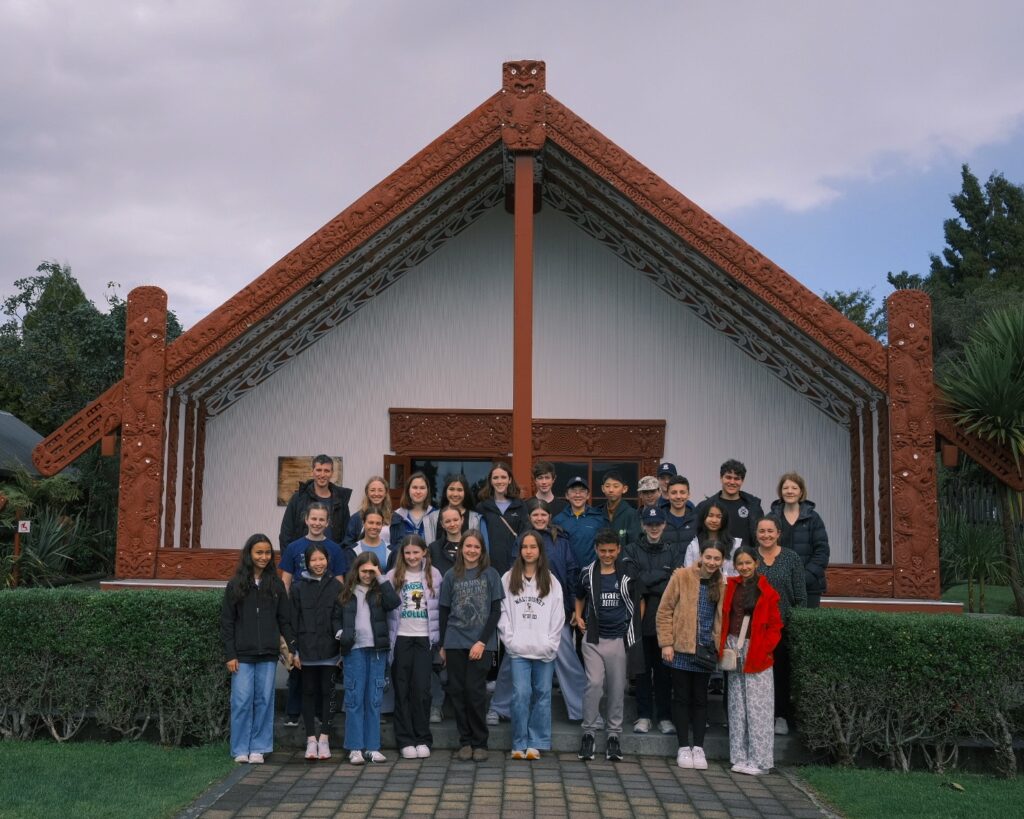
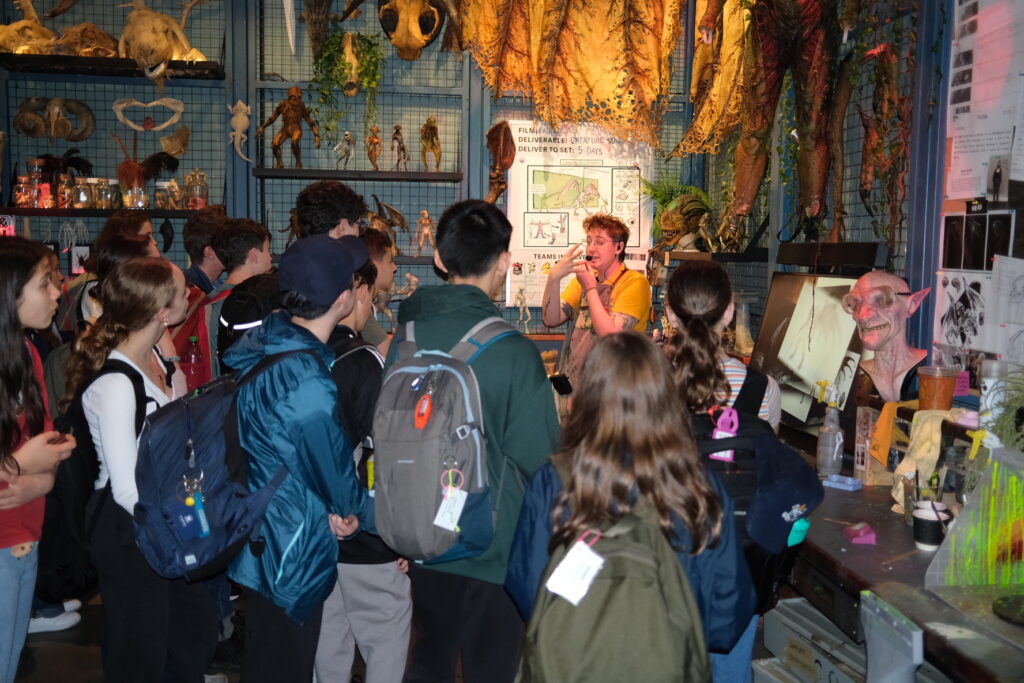
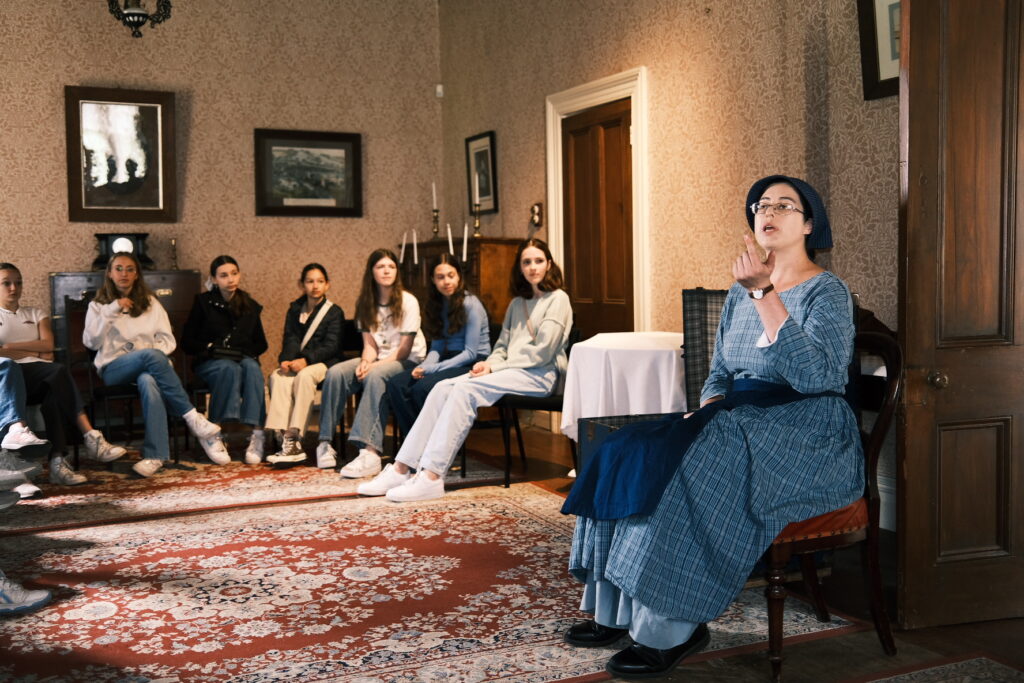
Beyond creative industries, the tour offered profound cultural learning experiences that invited students to reflect on the importance of identity and tradition. At Te Puia | Te Rā in Rotorua, they explored the geothermal valley, watched the mighty Pōhutu geyser erupt, and met Māori artists preserving traditional carving and weaving. Their guide, Manaia, shared stories of his tā moko, a sacred tattoo representing his mother’s love and guidance, leaving a lasting impression on many.
One of the most powerful moments of the tour came at Te Papaiouru marae, where students were welcomed through traditional protocols, shared a meal with their hosts and took part in haka and poi performances. When one of the students stood to thank the hosts in te reo Māori, it was a moving expression of connection, courage and gratitude – a moment that captured the very heart of the experience.
Students also delved into New Zealand’s layered histories, exploring 19th-century settler life at Howick Historical Village, investigating early encounters between Māori and Europeans at the Auckland Museum, and analysing historical storytelling through primary sources at MOTAT, the Museum of Transport and Technology. Each experience encouraged them to think critically about whose stories are told, and how.
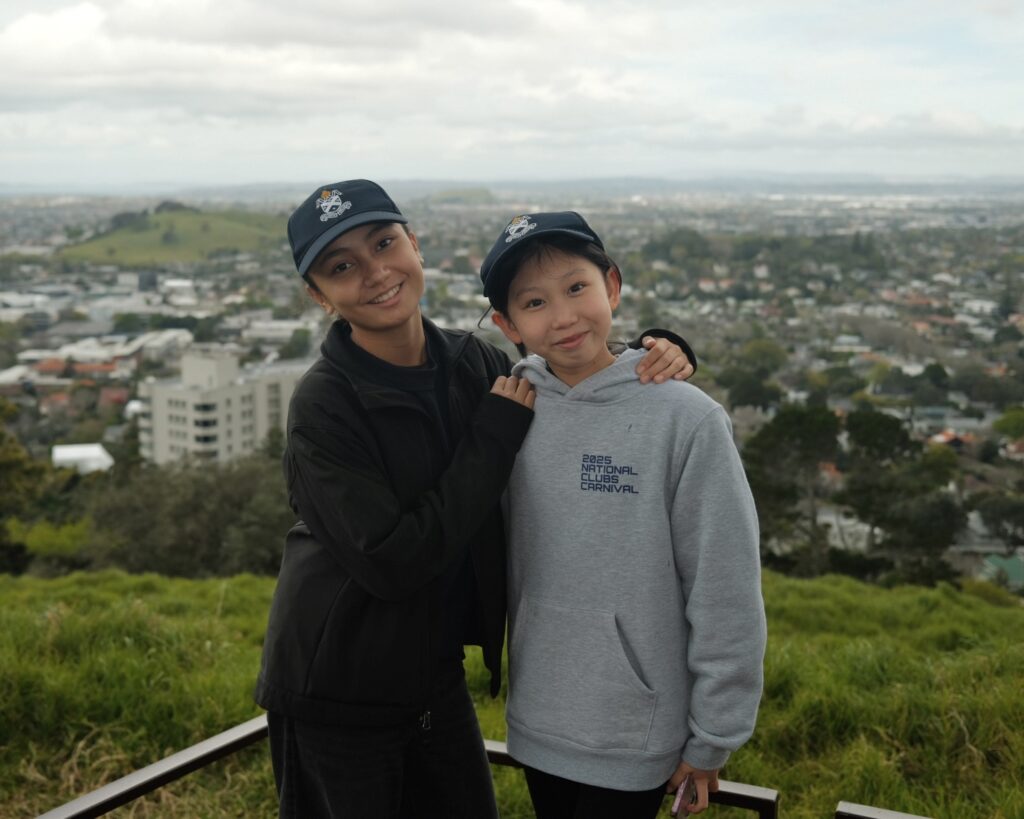
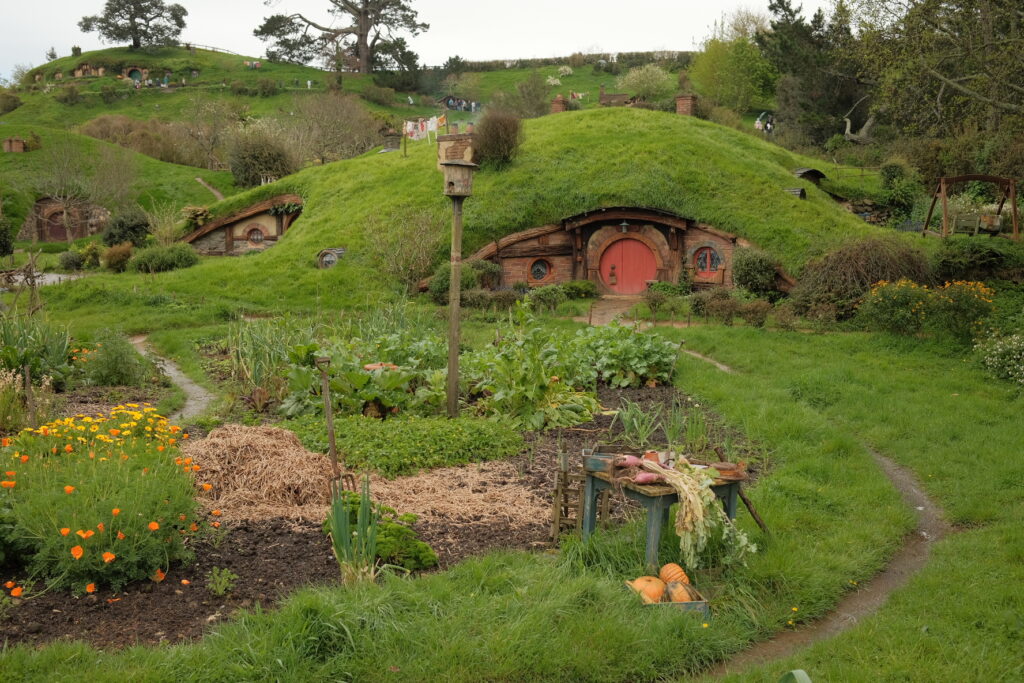
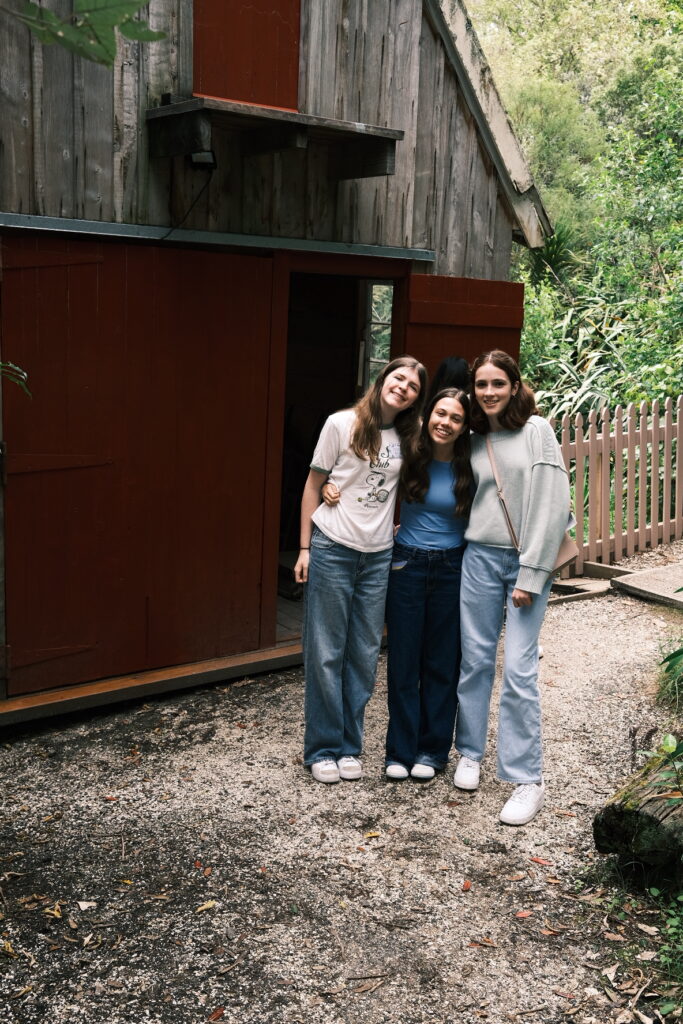
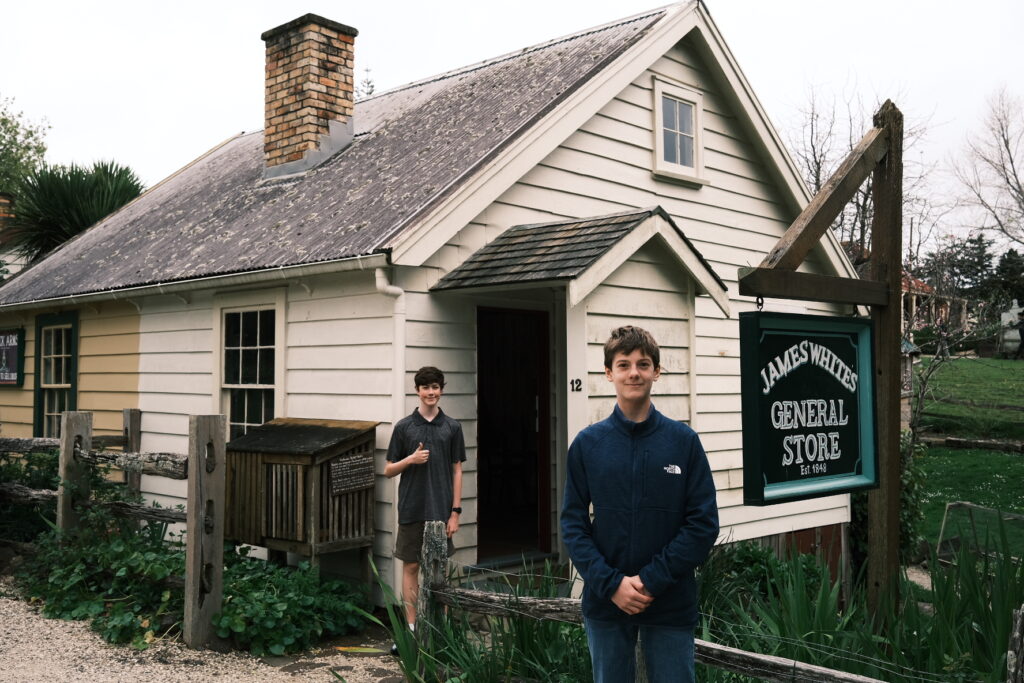
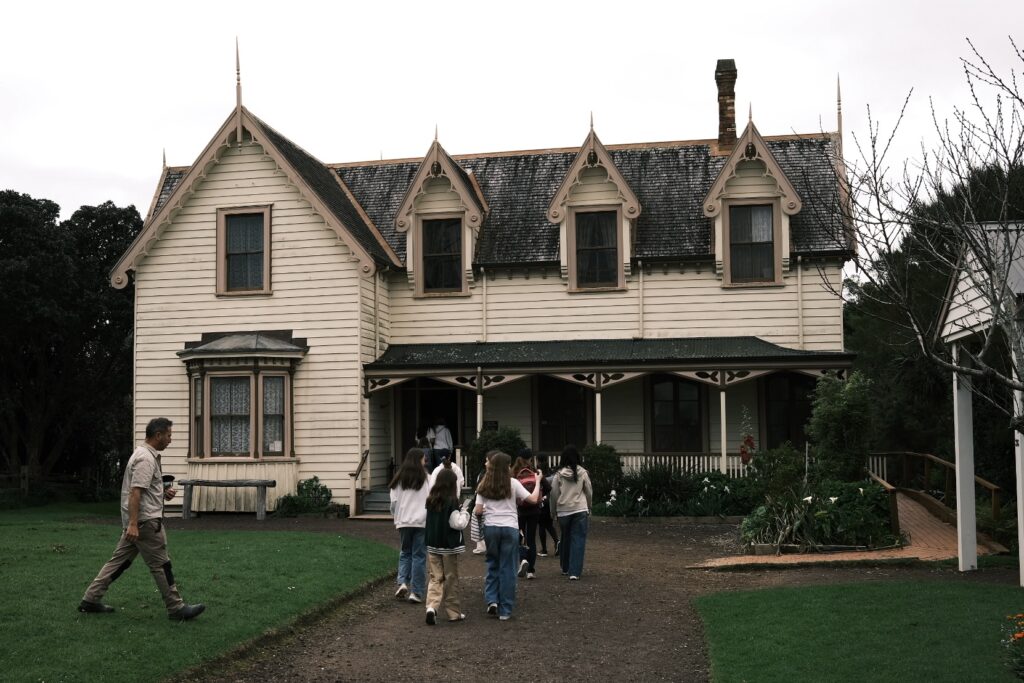
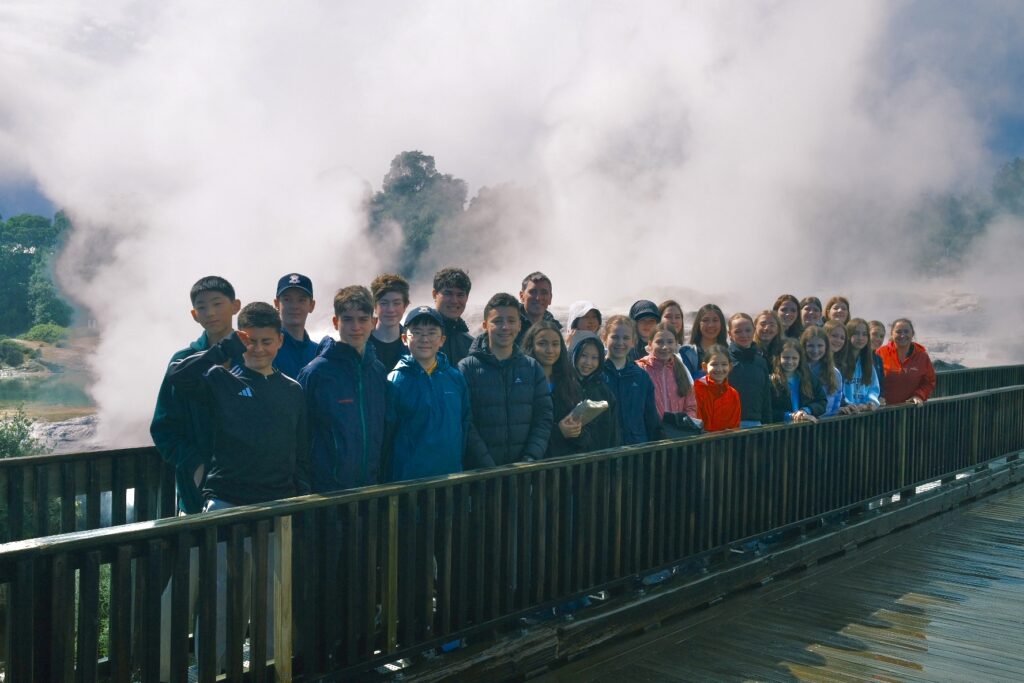
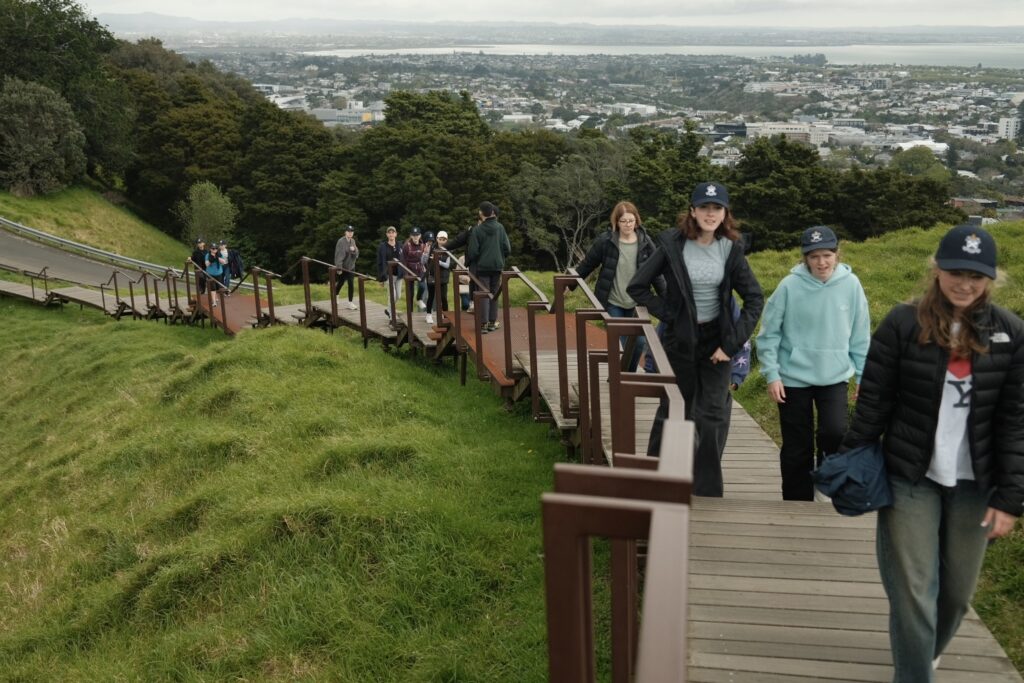
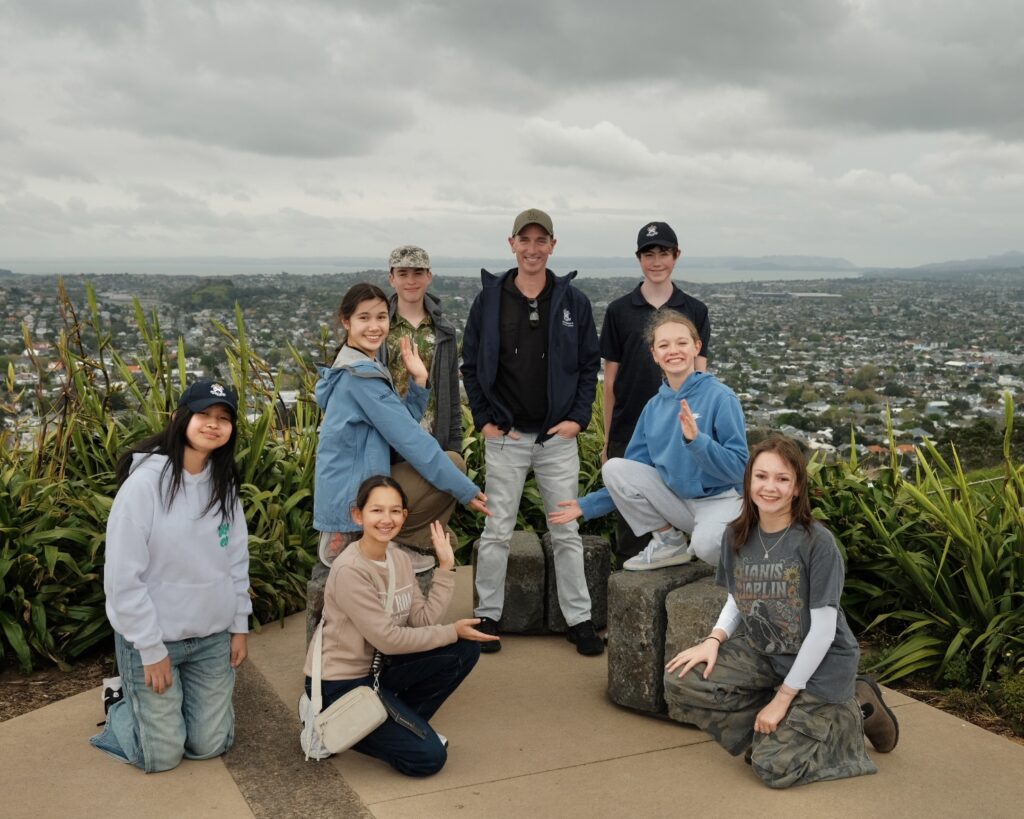
The journey ended in true cinematic style with a visit to Hobbiton Movie Set in Matamata, where students wandered the rolling hills of the Shire, explored hobbit holes and enjoyed a Middle-earth feast complete with roast vegetables, carrot cake and the famous Hobbiton ginger beer.
“I really enjoyed feeling like I was inside The Hobbit movie,” said Kaylee, while classmate Ameline described it as “temporarily entering the magical world of the Hobbits, and then feasting like one!”
Throughout the tour, each student developed an Innovation and Changemakers Inquiry Project, exploring a personal question linked to the theme How do stories shape identity, culture, leadership and change? Their final presentations showcased creativity, empathy and critical thought – connecting lessons from creative writing, design, history and culture to real-world issues and personal passions.
Ms Stephenson reflected on the power of the experience:
“Many students reflected on how Māori culture is visible and celebrated throughout New Zealand, drawing meaningful comparisons with the experiences of First Nations peoples in Australia. Student reflections often turned to how they can foster awareness, inclusion and cultural pride within their own community.”
The tour was more than a week of sightseeing – it was a journey of discovery, creativity and connection. Students returned home not just with memories, but with a stronger sense of purpose: to use their voices and ideas to lead with empathy and imagination.
“I’m deeply grateful to our school for investing in gifted education experiences that go beyond the classroom,” said Ms Stephenson.
“They nurture empathy, leadership and purpose in our young people,” qualities that will shape the changemakers of tomorrow.

